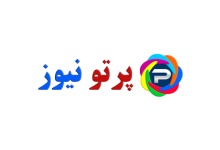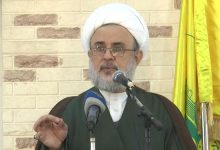What countries manage the disturbances in Iran? – Mehr news agency Iran and world’s news
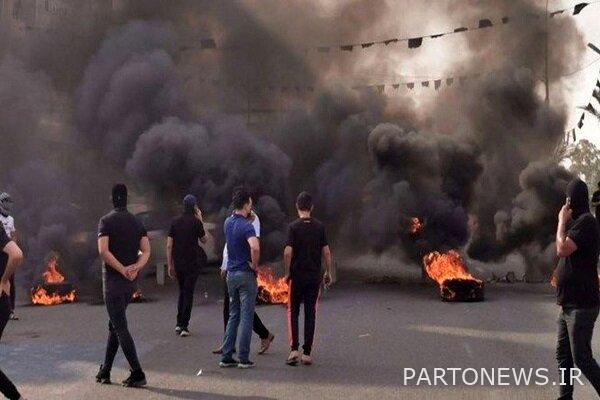
According to Mehr news agency, quoted from the newspaper Al-Akhbar, “The battle into Iran may We will drag”This is the sentence that Mohammed bin Salman, Crown Prince of Saudi Arabia, gave in response to Dawood Al-Sharyan, the famous presenter of this country said a few years ago. Many at that time, when interpreting Bin Salman’s words, said that Riyadh would resort to ISIS cells and the operations that the separatist movements in Sistan and Baluchistan had been doing deep in Iran for a long time. But in the documents that the newspaper Al-Akhbar obtained, it is clear that Bin Salman’s intention is to target Iran’s internal space through the plan to influence Iranian youth, parallel to intensifying the Iranophobic discourse.
In the morning of January 2, 2016, the world heard the news of Sheikh’s execution.Nimr Baqir Al-NimrAnd a group of young people Al-Qatifi He woke up with a group of Saudi officials and al-Qaeda cadres. Reactions inside and outside Saudi Arabia were mixed. In Iran, angry youth set fire to the building of the Saudi consulate in Mashhad.
Four days later, on January 6, the Emirati National Media Council presented a plan to the ambassadors of Saudi Arabia and Bahrain called “Media Strategy for Dealing with Iran”. This plan, which was developed with the coordination of the Americans, was aimed at “weakening Iran from the inside”.
The media strategy presented by the Minister of Information and Chairman of the Board of Directors of the National Media Council in the United Arab Emirates, “Sultan Al-Jaber”, states that its goal is “to create public opinion against the policies of the Islamic Republic of Iran inside Iran and outside of it.” Also, this strategy will only focus on the “political dimension” and away from the religious discourse.
Most importantly, “strategic results within a few years” should be achieved. In the initial proposal, as Document No. 1 shows, the target audience is the people of the Persian Gulf region, the public opinion inside Iran, especially the Iranian minorities. Non-Persian And the Iranian opposition is abroad.
It is worth noting that in the “Executive Partners” section, the Emiratis from the “Organization of Islamic Cooperation” as a partner in the implementation of the strategy along with the official institutions of the Persian Gulf, the Arab League and the think tank. I see And Iranian opponents mentioned. It is noted that the Islamic Republic of Iran is one of the main members of the Organization of Islamic Cooperation get It has been dominated by Saudi interests since its inception.
Regarding the “main elements” of the media strategy to confront Iran, Al-Jaber has mentioned everything that the media of the Persian Gulf, the Zionist regime and the United States say about “Iran’s interference in the internal affairs of the countries of the region” under the title “Iran’s support for terrorism”. . Also, in this strategy, the “difference between the people of Iran and the government” and attracting the public opinion of Iranians, especially the young generation, is emphasized by comparing the social welfare of Iran with the Persian Gulf countries.
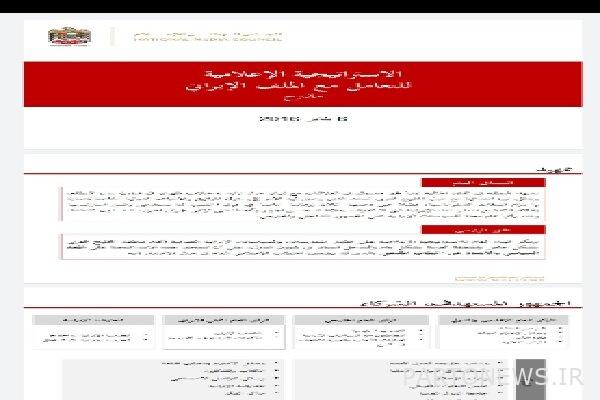
In the Emirati’s plan to increase the influence of the media, special attention is paid to the comparison of Iran’s military and social dimensions Oh you has been In this plan, on the one hand, it is emphasized on “increasing Tehran’s expenses for military weapons and on the other hand, reducing expenses for social welfare”. Based on this plan, the media insinuates that the money of the Iranian people “will be dedicated to the destruction, destruction and instability of the region instead of improving the living conditions of Iranians”. In the context of the main messages that must be conveyed by the media implementing this plan, a list of 14 points can be identified and summarized in one central idea: “There were no problems in the region until 1979, when the Islamic Revolution emerged in Iran.”
In the field of “executive mechanisms”, “creating television and radio programs, creating a website in Arabic, English and Farsi languages, creating social media platforms and using the media arms of embassies” has been suggested.
But the two prominent tools that are foreseen for the implementation of this strategy are: 1- The establishment of the Iranian Studies and Research Center and 2- The establishment of a Persian-language news network to broadcast Iranian news around the clock. By comparing what is stated in the text of the strategy and what happened in the field, it is clear that the study center was established in March 2016 and named “Khalij (Persian) Center for Iranian Studies”, but later its name was ” “International Institute of Iranian Studies” was changed and since its establishment by “Mohammed Al-Salami Saudi” is managed.
As for the news channel, it is the “Iran International” news channel, which was launched in mid-2017 in London and attracted Iranian opposition media and journalists. In the text of the strategy, its budget is listed as between $20 million and $60 million annually (reports confirm that its annual budget has now doubled). The staff of this network consists of 100 media activists, and its goal is to “address Iranian youth by providing social programs that affect their daily lives.”
Among the other “executive tools” mentioned in this plan is the launch of a website for Iranian youth called Iranianshub.com with an estimated budget of 338 thousand dollars. However, it was found that the site has not been available on the internet since 2021, and when tracked by the website archive service Way Back Machine, it was found that the domain had been reserved since 2017 without any content being placed on it.
Among other implementation tools of the plan to deal with Iran, a series of initiatives such as “Imagine if this was Iran” with a budget of 380 thousand dollars and the “Thinking-Accepting-Change” plan with a budget of 546 thousand dollars to broadcast online the visual content of influential Iranian personalities living in Iran It is outside the country. Also, the “Caricatures and Cartoon Characters” plan with a budget of 866 thousand dollars is “to access interesting tools for Iranian youth through social networks” to encourage Iranian youth to change their stereotypes about culture. In addition, the “Opinions of Iranian Youth” project, by broadcasting video content by Iranian youth through the Internet, is to highlight a voice other than the voice of the Iranian government.
Among other programs proposed by the Emiratis is the allocation of 2.68 million dollars for the production of drama series about the values and facts related to the Emirates to be broadcast on a number of channels with “Persian audiences”. In addition, a budget of 250,000 dollars is allocated to conduct research and survey on Iranians’ understanding of Persian Gulf Arabs, especially the United Arab Emirates. Also, allocating a budget of 723,000 dollars to produce a television program that highlights the common features between the Iranian society and the Persian Gulf society in terms of geography.
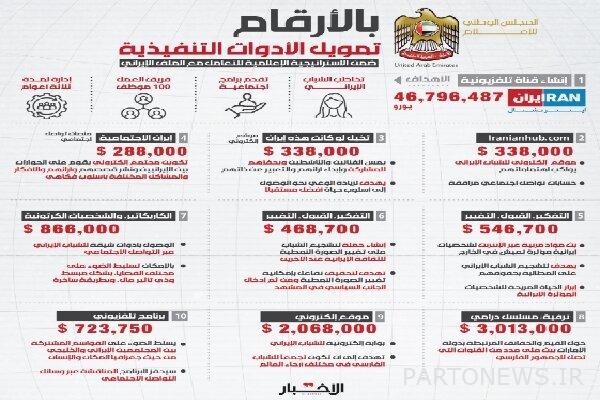
Another implementation tool is the creation of an electronic portal for Iranian youth worth 3.13 million dollars with the aim of gathering Persian-speaking youth around the world.
This strategy was given to “Sultan Al Nuaimi”, the current director general of the UAE Strategic Studies and Research Center, a lecturer at the UAE National Defense School and an expert on Iran affairs, and “Adel Al-Tarifi» Saudi Minister of Information until April 2017 was presented during the tripartite meeting of UAE, Saudi Arabia and Bahrain.
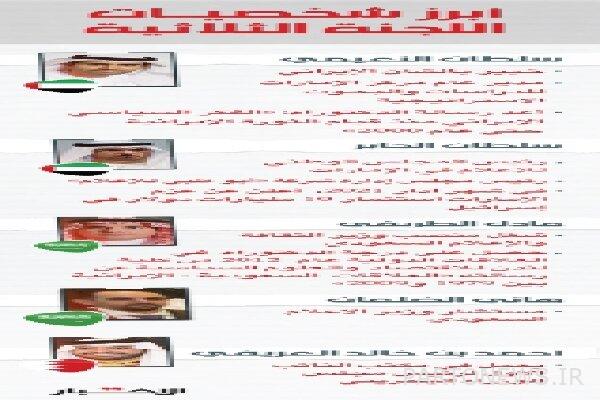
After the approval of the strategy, the Saudis and the Bahrainis introduced two people with a security background to manage it in order to coordinate and prepare the implementation tools and define the integrated aspects of the work.
Document number 2 shows that the UAE National Media Council, a team of 10 no one With the presence of “Sif Al-ZaabiThe UAE ambassador in Tehran, who is aware of Iran’s issues, has formed to follow up on the implementation of the mentioned strategy.
Documents 3 and 4 are two letters from “Sultan Al-Jaber”, the head of the UAE National Media Council, to “Abd Bin Zaid Al Nahyan” is the Minister of Foreign Affairs of the United Arab Emirates, who talks about its strategy, sectors and goals in the first document, and explains the developments of the plan’s implementation to him in the second document. Al-Jaber mentions the contact with Iranian “Saad Mohseni” with the aim of using his channels, a person who owns several TV channels, including “Farsi 1”.
Thus, there is an official Emirati indication that the Emiratis have received help from Iranian opposition activists working in foreign-language Farsi media. are so that they can deliver what they want inside Iran. Also, UAE-based digital media company GH Communication was asked to state its proposals for implementing the strategy.
Document number 5 is the most important document, because it refers to the presentation of this strategy by the American-Saudi-Emirati trilateral committee. It is clear that the date of the presentation of this plan to the Americans was after Trump withdrew from the nuclear deal in May 2018, because it is said that the Saudi side (which has clearly become the main player in this plan) discussed it with the American delegation on the sidelines of the G meeting. 20, which was held in Argentina on November 30, 2018, under the name “Plan to weaken Iran from within”. in between has put
Strategy steps
According to leaked documents from the United Arab Emirates, the detailed plan of this strategy shows a series of initiatives aimed at recording developments in Iranian society, especially among the youth, through the use of social and cultural initiatives as well as social media. . Among these initiatives, the following can be mentioned:
First step: Iranian portal hub and iranianshub.com website and online channels
In this step, it is stated that education is very valuable in Iranian society and young people are thirsty for knowledge and have a great interest in technology and mostly receive their desired goods and services through the Internet.
Therefore, there should be an online Persian language platform through which Iranian users can find interesting content or videos related to technology, art, music, science, fashion and family. Search slow This is an opportunity to penetrate Iranian culture and society Bring Information about Iranian people.
This platform can connect with social networks such as Facebook, Twitter, Instagram, YouTube, Aparat, Phisnamya And also with advertising engines Search be relevant, which helps to attract attention and increase the chances of its publication among Iranians.
Second step: “Imagine this is Iran” campaign
Encouraging activists and artists to participate with photos, videos and text and motivating anonymous activists to participate and express their views, raising awareness about a better way of life in the future in Iran and highlighting the community’s readiness for change are mentioned in this initiative.
In this initiative, the goal is to create a campaign led by emerging Iranian artists and photographers that talks about issues related to self-expression, identity, peace between Iran and the Arab world and their dream of peace in the world.
Also, launching the campaign of innovators and artists in cooperation with reputable institutions of civil society in Iran, such as the United Nations. Noting that independent civil society organizations are viewed as a source of suspicion in Iran, but the United Nations is an important exception, because the Iranian government supports the programs of international organizations in Iran in the fields of health, development, population and preservation of cultural heritage.
The third step: changing the way of thinking of young Iranians and destroying their common beliefs about new conflicts and historical facts
According to this step, Iranians are exposed to Iranian voices different from the voice of the government in a simple and attractive way. The voice of the Iranian government is the only voice that Iranians hear, so there must be other voices as well.
Fourth step: think, accept, change
Challenging common stereotypes in Iran and encouraging young people to “think, accept differences and change absurd beliefs”, as well as encouraging them to demand their rights and provide valid reasons to “fight for their rights”. At this point on playing inspirational videos Influencers Social media that has left Iran are And how they want to see Iran is emphasized.
It is also stated in this plan that Iranians have an established culture and were brought up with strong beliefs and stereotypes that are not easy to break. therefore Influencers In social media, they should be motivated to challenge common stereotypes in Iran and encourage young people to think, accept differences and change, and in this context, one can start from Iran’s cultural and historical legends and then enter the political arena and discuss rights. Focused on women and corruption.
Fifth step: Infographic I see And fun cartoons
Through infographics I see and entertaining cartoons and through social media channels, focusing on factual information about Iran, in addition to cultural issues and political conflicts, should engage young men in conversation.
Step 6: Presenting an animated character
Creating an animated character from the nature of Iranian society to highlight common issues in Iranian society in a humorous way. It should also be based on the number of visits to the site, the percentage of presence on each social platform, the percentage of interaction in communication channels, the number tweet I see and hashtag I see on Twitter and the number of fans and Followers Communication work.
Mehr news agency in Social Networks follow
